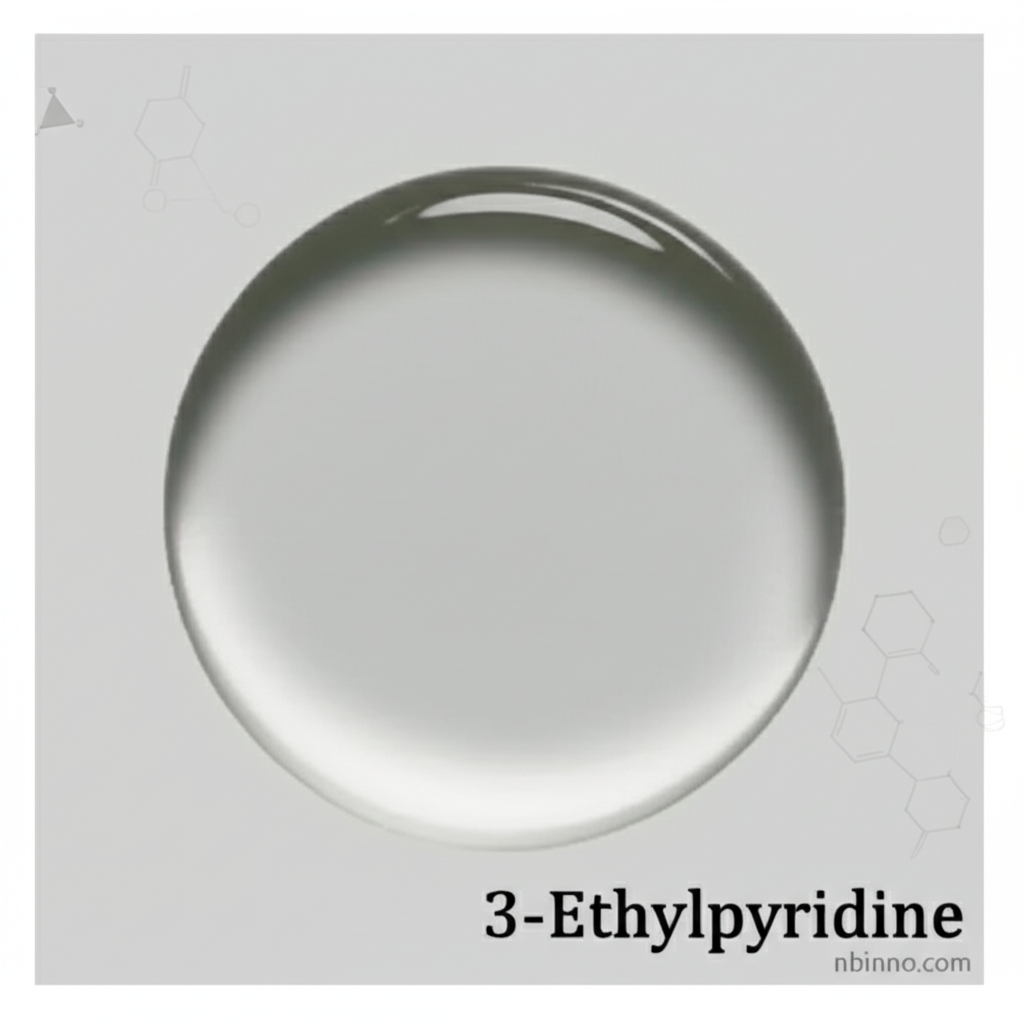3-Ethylpyridine: Your Guide to Applications, Properties, and Sourcing
Discover the versatile uses and essential properties of 3-Ethylpyridine for your flavor, fragrance, and chemical needs.
Get a Quote & SampleProduct Core Value

3-Ethylpyridine
3-Ethylpyridine is a key aroma chemical with a distinctive tobacco, oakmoss, and leathery odor profile. Its unique scent characteristics make it invaluable across multiple industries, including flavor and fragrance creation, cosmetics, and even pharmaceutical applications. This compound's high purity and consistent quality ensure it can effectively impart sought-after notes and characteristics to a wide array of products.
- Explore the diverse 3-ethylpyridine uses in creating complex flavor profiles and captivating fragrances.
- Understand the critical 3-ethylpyridine chemical properties, including its CAS number 536-78-7, aiding in precise formulation.
- Learn how to efficiently buy 3-ethylpyridine from reliable suppliers for your manufacturing needs.
- Leverage its role as a potent 3-ethylpyridine flavor agent to enhance taste experiences in food and beverages.
Advantages of Using 3-Ethylpyridine
Versatile Application Range
The 3-ethylpyridine applications span across the flavor and fragrance industries, offering a unique scent profile that can elevate consumer products.
Consistent Quality and Purity
Chemically synthesized for high purity, this compound ensures reliable performance, making it a trusted 3-ethylpyridine chemical property for formulators.
Cost-Effective Impact
Its potent aroma means a small dosage can deliver significant impact, making it a cost-effective choice for achieving desired olfactory and gustatory effects.
Key Applications
Flavor Industry
As a key 3-ethylpyridine flavor agent, it contributes notes of tobacco, roasted, and caramellic nuances to food and beverages.
Fragrance Industry
Its complex scent profile, including tobacco, oakmoss, and leathery notes, makes it ideal for perfumery and personal care products.
Cosmetic Ingredients
Used in cosmetic formulations, it can add unique olfactory dimensions to perfumes and scented products.
Pharmaceutical Intermediates
While primarily known for its sensory applications, it may serve as an intermediate in the synthesis of certain pharmaceutical compounds.
